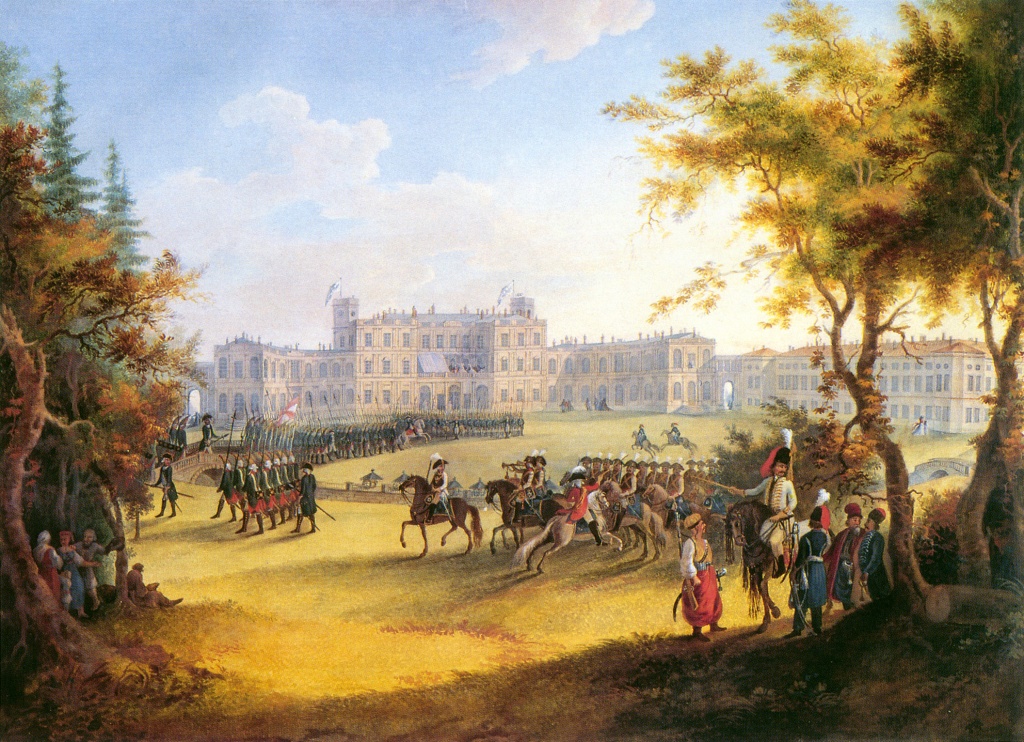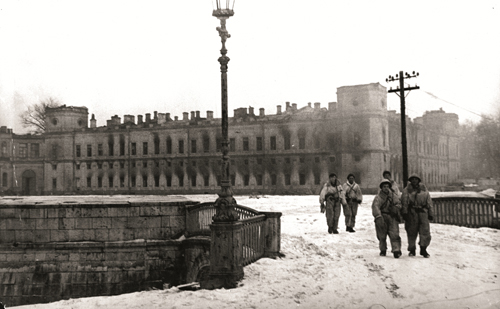
In May, 1917, the Provisional Government issued a decree on the establishment of artistic and historical commissions in the towns of Peterhof, Tsarskoye Selo and Gatchina for the purpose of “acquisition, recording and inventory of all movable and immovable property of the former palaces”.

One year later, on May 19, 1918, the Gatchina Palace opened to the public.
The Palace and its parks suffered significant damage during World War II.

Restoration work began as late as 1976. It was not until 1985 that the first 18th century state rooms were opened to the public, including the Anteroom, the Marble Dining Room, Paul’s Throne Room and the exhibition displayed on the second floor of the Central Block. In 1993, the clearing of the famous underground passage was complete and its echo can now be heard again.
Over the last decade the Palace Museum has been involved in large-scale restoration and exhibition activities. In 2016 the Palace marked its 250th anniversary by offering a wide range of events. The celebrations coincided in time with the opening of the Greek Gallery, thus enabling the public to view the house museum of classical art established by Paul I. In December 2016 new rooms in the Arsenal wing were opened, including the Marble staircase and the Rotunda with a coat of arms that represent spectacular 19th century interiors designed by architect R. Kuzmin. Special mention should be made of regular exhibitions arranged by the renovated museum. The Gatchina Palace offers two themed exhibitions a year that are jointly organized with other museums from Russia and abroad.
The scope and rate of changes occurring make us hopeful for the future restoration of the Romanov’s former residence.
